What is the MSP method?
The MSP method from OGC is a programme management framework for
benefits identification and delivery. Programme Management of change deals
with achieving the Vision Statement. This is the view of where the organization
is going. A Vision Statement describes to the organization's internal
and external customers the definition of what to expect from the organization
in the future. It describes its service levels "after its transformation"
in MSP terminology. The Vision Statement is a statement of the end-goal of
all the organization's programmes to the stakeholders.
MSP includes a document referred to as "The Blueprint". This sets out
the structure and composition of the changed organization that, after delivery,
should demonstrate the capabilities expressed in the Vision Statement. The
Blueprint is a detailed description of the organization in terms of its business
processes, people, information systems and facilities and its data. It is
used to maintain the focus of the program on the delivery of the new capability.
The trigger for the initial step - "Identifying a Programme" is a program
mandate which provides the high-level, strategic objectives of the program.
From the program mandate, the objectives are developed into the Programme
Brief. Formal approval of the program brief is required from the sponsoring
group and senior responsible owner before the program proceeds any further.
The Programme Brief (following approval) is the key input to "Defining a Programme".
It provides the basis for the development of the Program Definition,
the plans, and the strategies for programme governance. This information requires
formal approval by the senior responsible owner and the sponsoring group before
the program is formally established.
The programme's governance arrangements are established and implemented in
"Governing a Programme". The program definition and plans are the basis for
"Managing the Portfolio" and "Managing Benefits".
The projects and activities are grouped into tranches. Each tranche
delivers a step change in capability, after which the realization of benefits
can be assessed. The activities of "Managing the Portfolio" and "Managing
Benefits" are repeated for each tranche. The end of each tranche provides
a major review point at which the program can be formally assessed in terms
of its progress towards achieving the desired outcomes and measurable realization
of benefits. Throughout the program, progress monitoring provides continual
assessment of crucial questions such as "Are we still on track?", "Is the
business case still valid and relevant?", and "Do we need to change anything
to realign the program?"
"Closing a Programme" is done when the program is completed - when the blueprint
is delivered and the capabilities required to achieve the vision statement
are implemented. Following program closure, further assessments may be required
to assess and measure the continuing realization of benefits.
Origin of MSP. History
Developed by the OGC (formerly CCTA), The Office of Government Commerce
(OGC), an independent Office of the UK Treasury reporting to the Chief Secretary
to the Treasury. The OGC is responsible for a wide-ranging programme, which
focuses on improving the efficiency and effectiveness of central civil government
procurement and the wider public sector.
In addition, OGC has an important role in developing and promoting private
sector involvement across the public sector.
OGC also has a key role in assisting departments with project and program
management. Departmental Centres of Excellence will become central points
for embedding project and program management best practice across Government.
Usage of the MSP framework. Applications
- Business change.
- Connecting of strategy to projects.
- A structured framework to co-ordinate, communicate, align, manage and
control change.
Steps in the MSP method. Process

- Identifying a programme. To sponsor the program, to confirm the
program mandate, to appoint the senior responsible owner, to produce the
program brief, to develop terms of reference for program definition, review,
and to approve to proceed.
- Defining a programme. To establish the team to define the program,
to develop the vision statement, to develop the blueprint, to develop the
benefit profiles, to validate the benefits, to identify the stakeholders,
to design the project portfolio, and to identify the tranches. And to design
the programme's organization structure, to develop the programme's business
case, to develop the programme's governance arrangements, to develop the
communications plan, to develop the benefits realization plan, to develop
the program plan, and to approve to proceed.
- Governing a programme. To setting up the program organization,
to set up the program office, to support governance requirements, to set
up the physical program environment, risk management and issue resolution,
HR management, procurement and contract management, program communications,
reporting - monitoring - control, information management, end of tranche
reviews, and to maintain business as usual.
- Managing the portfolio. Project startup, to align projects with
benefits realization, to align projects with program objectives, to monitor
progress, to manage risks and to resolve issues, project closure, and to
manage stakeholders.
- Managing benefits. To establish benefits measurement, to refine
benefits profiles, to monitor benefits, to manage transition, to support
changes to culture and personnel, to support benefit realization, and to
measure benefits.
- Closing a programme. To confirm program closure, program review,
update and finalize program information, to disband program management team
and support function, and to inform stakeholders.
Strengths of MSP. Benefits
- Delivery of change. More effective delivery of changes because they
can be planned and implemented in an integrated way ensuring that current
business operations are not adversely affected.
- Alignment between the strategy and project levels. Effective response
to strategic initiatives by bridging the gaps between strategy and projects.
- Management support. Keeps activities focused on the business change
objectives by providing a framework for senior management to direct and
manage the change process.
- Resource management. More effective management of resources by providing
a mechanism for project prioritization and project integration.
- Risk management. Better management of risk because the wider context
is understood and explicitly acknowledged.
- Benefits realization. Helps to achieve real business benefits through
the formal process of benefit identification, realization, and measurement.
- Budgetary control. Improves control through a framework within which
the costs of introducing new infrastructure, standards, and quality regimes
can be justified, measured, and assessed.
- Improved performance. Clarifies how new business operations will deliver
improved performance by defining the desired benefits and linking them to
the achievement of new working practices.
- Management of the business case. More effective management of the business
case by building and maintaining a business case that clearly compares current
business operations with the more beneficial future business operations.
- Co-ordination & control. More efficient co-ordination and control of
the often complex range of activities by clearly defining roles and responsibilities
for managing the project portfolio and realizing the benefits expected from
the program
- Transition management. Smooth transition from current to future business
operations through the clear recognition and responsibility for preparing
the organization for migration to new ways of working.
- Consistency. Achieving a consistent system of new or amended policies,
standards, and working practices through the integrated definition, planning,
delivery, and assurance of the required changes.
Limitations of MSP. Disadvantages
- MSP does not provide a prescriptive process and does not include all
ingredients i.e. it notes that you need a refined business case, but it
does not explain how you can create the business case. It sits above the
existing processes and systems within your organization.
- MSP only discusses one program although in reality there may be many
programs inter-related to each other.
Assumptions of the MSP model. Conditions
- That suitable resources are available. I.e.: a programme office is generally
not a "one-man band" role.
- Senior Management have to agree with the change and actively sponsor
it.
Book: Managing
Successful Programmes (2nd edition), 2004, The Stationary Office - ISBN: 0-11-330917-1
|
Forum discussions about MSP.
|
🔥
|
Quotes on Managing Programmes. Quotations
Hi, do you know of a remarkable, humorous quote by a famous person or a proverb related to managing programmes?Please enter a reaction to share it for other people to enjoy! Please use this template:A...
 2  1 comments |
|
|
|
Courses about MSP.
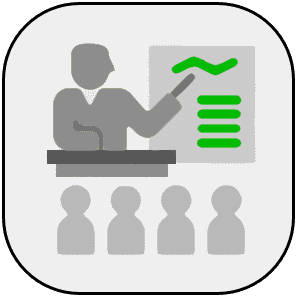
Beginners Course
|
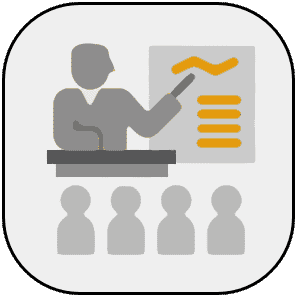
Advanced Course
|
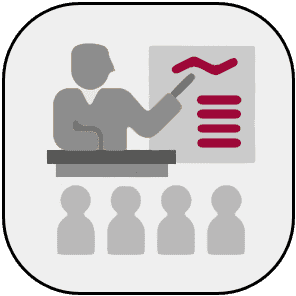
Course for Experts
|
|
|
|
The best, top-rated topics about MSP. Here you will find the most valuable ideas and practical suggestions.
|
|
|
Advanced insights about MSP. Here you will find professional advices by experts.

Consultancy Tips
|

Teaching Tips
|
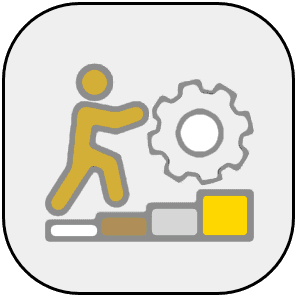
Practical Implementation Tips
|
|
|
|
|
|
Various sources of information regarding MSP. Here you will find powerpoints, videos, news, etc. to use in your own lectures and workshops.
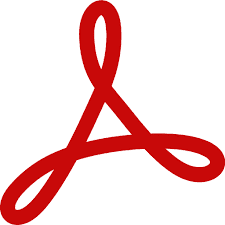
|
First Introduction to Project Management. Essentials Project Management Primer, Project Management 101, Basics of Project Management
This presentation provides a good first introduction to project management and how to more efficiently implement and exe...
|
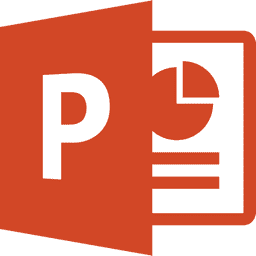
|
Project Management of Information Technology Projects Project Management, Information Technology, Three Sphere Model
This presentation provides information about project management, thereby especially focusing on a context of information...
|

|
Program Communication Management Project Communications Plan, Project Management, Project Communication Plan, Project Stakeholder Analysis
This presentation is about communication, specifically focusing on communciation during projects. The presentation inclu...
|

|
Introduction to Project Risk Management Understanding the Importance of Project Risk Management
Project Management is Risk Management. From maintaining the customer relationship to protecting the critical path. The c...
|

|
MSP Diagram Managing Successful Programmes
Download and edit this 12manage PowerPoint graphic for limited personal, educational and business use.
Republishing in ...
|
|
|
|
Useful tools regarding MSP.

News
|

Videos
|

Presentations
|
| |

Books
|

Academic
|
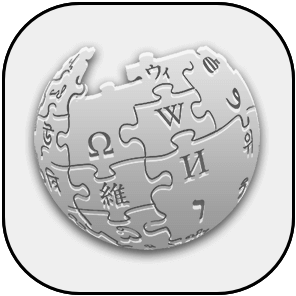
More
|
|
|
|
Compare with Managing Successful Programmes (MSP):
OPM3 (PMI) |
IPMA Competence Baseline (ICB)
| PMBOK |
PMMM |
PRINCE2 (CCTA) |
P-CMM |
Change Management Iceberg
| Appreciative
Inquiry |
Positive Deviance |
Balanced Scorecard
Return to Management Hub: Change & Organization | Program & Project Management |
Strategy & Innovation
More Management Methods, Models and Theory
|
|
|














